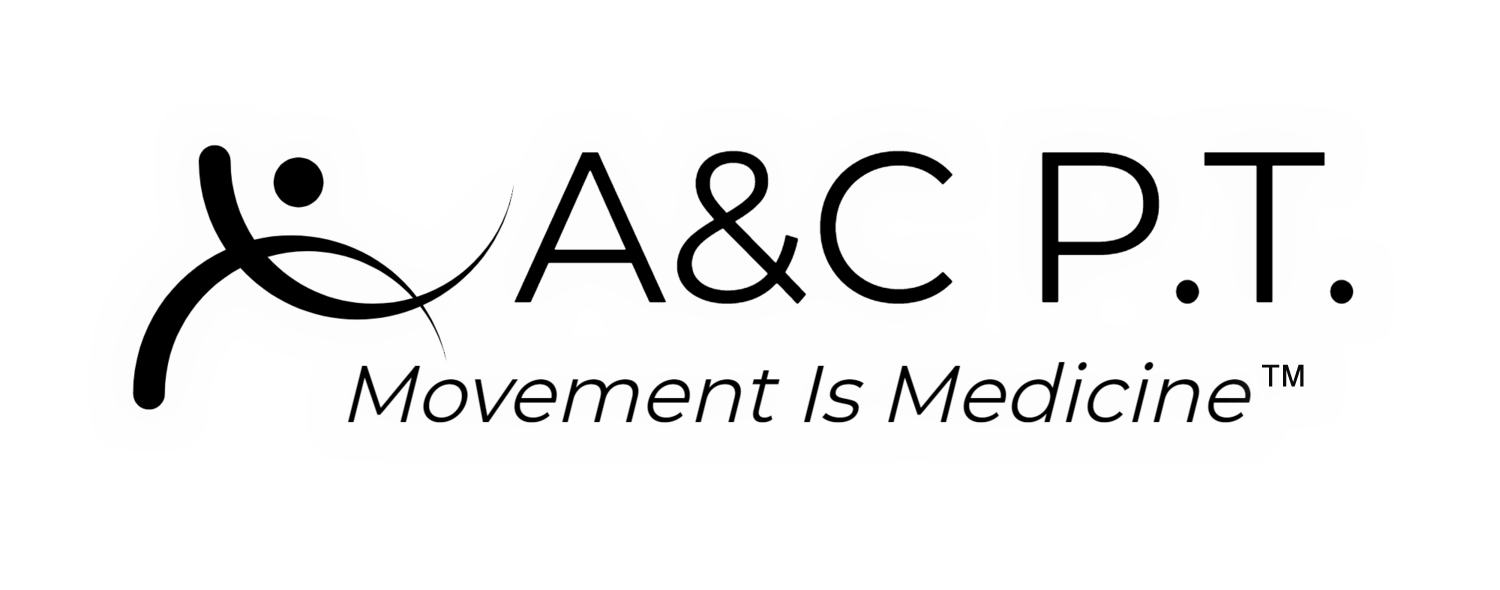P.T. Treatment For Headaches
Approximately 90 percent of all headaches are classified as tension-type headache. Many being musculoskeletal in origin.
A headache is pain or discomfort in the head, scalp or neck. Headaches are not created equal. The severity, symptoms and causes vary. The different types include tension, migraine, cluster, organic, rebound and chronic daily headaches, as well as many others. Headaches can plague anyone and can stop the strongest and bravest in their tracks. Despite the toll headaches still take on millions of people, enormous progress has been made in treating them. Treatment stategies can vary depending on the type of headache. Some types respond well to medication and others by making lifestyle changes. Perhaps most commonly undervalued is the effectiveness of more conservative treatment strategies like physical therapy.
“... I happened to mention periodic intense headaches I was having and they identified posture improvements combined with stretches that have been life changing.”
Headaches in all shapes and sizes
Tension
Approximately 90 percent of all headaches are classified as tension-type headache. Many being musculoskeletal in origin. The pain can be felt all over the head, very commonly originating in the back or the head, temples, side of the head or behind the eyes. Tension type headaches respond well to a multifaceted approach performing physical therapy. Treatment strategies may include manual therapy, postural change, exercise and education to change functional movement strategies causing the problem. Physical therapy is highly effective. Postural re-education, manual therapy and use of the NeuFit Neubie can be highly effective.
Cluster
There are an estimated one million cluster headache sufferers in the United States, of whom 10 percent are afflicted with chronic cluster. Cluster headaches are sharp, extremely painful headaches that tend to occur several times per day for months and then go away for a similar period of time.
Hormone (Menstrual Migraine)
Women suffer migraines three times more frequently than do men, and, menstrual migraines affect 70 percent of these women. They occur before, during or immediately after the period, or during ovulation. Menstrual migraines are primarily caused by estrogen, the female sex hormone that specifically regulates the menstrual cycle fluctuations throughout the cycle. When the levels of estrogen and progesterone change, women will be more vulnerable to headaches. Because oral contraceptives influence estrogen levels, women on birth control pills may experience more menstrual migraines.
Migraine
More than just a “bad headache,” a migraine is a legitimate biological disease affecting nearly 30 million Americans; one in every four United States households has a migraine sufferer. Migraine is more common than asthma, diabetes and coronary heart disease combined.
What is a migraine?
Although the exact cause is not known, many experts consider migraine to be an inherited condition where the brain and its seritonin-controlled blood vessels are involved. These headaches can often be triggered by many factors, including stress, certain foods, glaring lights, physical exercise and changes in hormone levels. Migraine headaches usually occur on one side of the head, have a pulsating or throbbing quality, are moderate to severe in intensity and are worsened by physical activity.
What are the symptoms of a migraine?
Migraine is a characterized by throbbing head pain, which usually begins on one side of the head, although the pain may spread to both sides. These types of headaches are often accompanied by nausea and sensitivity to light and/or sound. The combination of disabling pain and associated symptoms often prevents sufferers from performing daily activities. Symptoms, incidence and severity vary by individual.
What causes migraines and what can be done to treat them?
While there are not definite answers to the causes of migraine, health care professionals are gaining an understanding of what happens when a migraine attack is in progress. Many things may trigger a migraine. Triggers are not the same for everyone and what causes a migraine in one person may relieve it in another. Triggers may include one or more of the following categories: diet, activity, environment, emotions, medications and hormones, irregular sleep cycles, poor posture and functional movement strategies.
Health care providers have many options available for the treatment of migraine, so if the first treatment plan is not effective, the next plan probably will be. The chances are very good that migraine attacks can eventually be greatly reduced or even eliminated entirely.
Migraine headaches are misdiagnosed as frequently as they are diagnosed correctly. They are often confused with tension-type or sinus headaches. To aid in the diagnosis, keep a headache diary and record when the headache began and how long it lasted, possible triggers, the location and character of the pain, and what you did to make it stop.
Learn more about headaches and learn three ways physical therapy can help.


